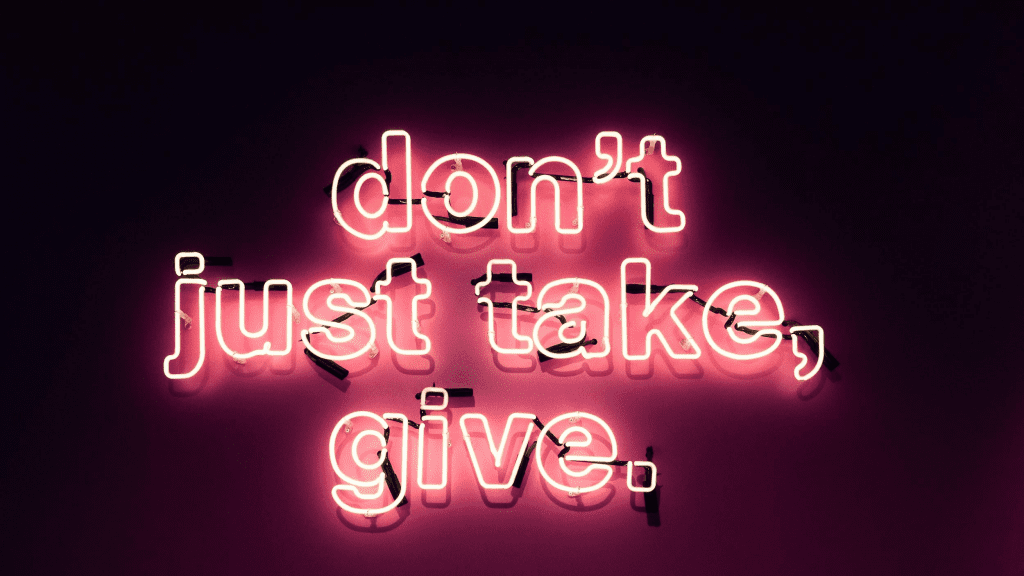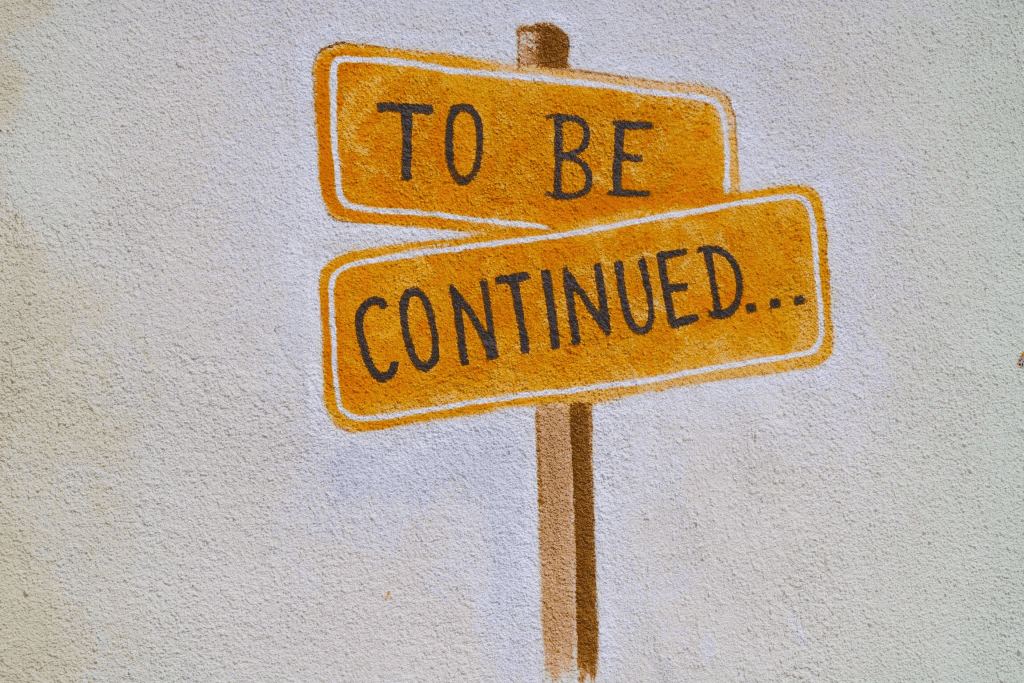As a small business, you always want to find effective and innovative ways of selling your products or services. While some of this comes down to paid advertising, a large portion of it is also related to how you present your products and services.
If you are still struggling to find the best way to present your services or products to boost sales, keep the following advice in mind.
Make a Claim You Can Back Up
Confident prospects buy. So how do you create more confidence?
One simple but powerful option is to demonstrate that you aren’t afraid to back up your claims about your product.
Offer a 30-day satisfaction guarantee (or longer if your competitors are already doing something similar), with the promise to give your customer a full refund or the promise that you’ll keep working until they are satisfied – their choice.
You’ll build trust and be recognized for your reliability – this will do wonders for your brand’s reputation and sales.
Show What Makes You Unique
No matter your niche, there are likely numerous other similar products and services on the market. You need to present your product in a way that makes it clear how you are different and stand out from the competition. This is your unique selling proposition.
Most companies will have to think for a little while to figure out what this is. You want it to be different from your competitors, so it shouldn’t be “great customer service” unless your industry is notorious for absolutely horrible customer service.
Once you have that unique selling proposition, let your customers know. Display it on your product packaging and include it in your marketing campaigns.
Do Things Your Competitors Don’t (Or Won’t)
If you cannot figure out what makes your product or service unique, you could always make it intentionally unique by trying something that your competition does not (or will not). It may mean taking a little bit of risk, but it will help you stand out.
Just make sure that what you try to do does not venture too far outside your brand image.
A classic example of this working is Nike and celebrity endorsements. They were the first major company to use this strategy, and it did amazing for them, especially when they got Michael Jordan to work for them.
Many local businesses successfully use this strategy with local sports celebrities – something that’s much more affordable than you’d expect.
But many strategies don’t require much budget at all – just a little hustle! Do your competitors have a strong presence on Youtube or TikTok? Most likely not, making these platforms a quick and easy way for you to stand out in the market!
Make Honesty Your Policy
As you come up with a claim and unique selling proposition or work on any other aspect of presenting your product, make sure you are honest. Pretending to be something you aren’t will only end up hurting your company, especially in this world where reputation gets around on social media so fast.
And, not honestly addressing your disadvantages may actually be costing you an advantage in your marketing strategy!
Remember the slogan “We’re #2, so we try harder!”
Avis used their underdog status to create one of the most powerful and compelling ad campaigns of the decade.
Look for ways to turn your disadvantages into advantages…but always keep it honest!
Sharpen Your Copy
One of the most important parts of how you present your product or service is the words you use to describe it.
You don’t have to be a professional copywriter to get this right! Spend $20 on Facebook or Google Ads to run some split-tests with various headlines to find the words that resonate most with your audience and put them to use!
Test Pricing Strategies
Pricing is one of the most overlooked opportunities to drive sales and profits.
Yes, we all understand the concept of discounting to drive more sales, but that’s only one possibility, and usually not the best option for the long-term health of your business.
Other alternatives?
Try bundling your products and offering a discount on the bundle, or testing a ‘freemium’ model to get more customers experiencing your product before paying full price.
Get creative with various pricing strategies and test, test, test!
Use Buyer Personas to Personalize and Target Your Presentation
No matter your industry, you want your clients to feel that your product or marketing strategy is personalized to them. This will increase the likelihood that they will make a purchase or at least keep your product in mind.
This process starts with buyer personas. Think of a buyer persona as a set of detailed information about an average client. It will include demographics like age and job, as well as factors like pain points and goals. Create as many buyer personas as you need to cover the full range of your audience.
Then, use those buyer personas to segment your audience and adjust your presentation to target each person. For example, if you sell a food-related item, you would likely market it differently to people who want to lose weight than to athletes who pay close attention to macronutrients.
Using buyer personas to identify the message-to-market match is the key.
Work With Influencers
With social media continuously growing, working with influencers is a great way to control how your product is presented and to expand your reach.
Don’t assume that working with an influencer is outside of your budget – ‘micro-influencers’ are local, affordable, and incredibly effective. There are many smaller influencers who will gladly promote your product or service in exchange for freebies or less money than you think.
And their endorsement is powerful: think of them as a modern version of referrals or reviews. They help people find a personal connection with your product while also spreading brand awareness.
Tell a Story
Another great way to help people connect with your product or service is to tell a story. One of the most effective options is to tell a customer’s story, including their pain points before using your product and the benefits they gained after.
As they say, “facts tell, stories sell.”
Incorporate a story to make a more genuine, emotional connection with your customer and sales will come more easily.







